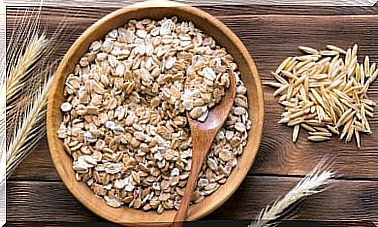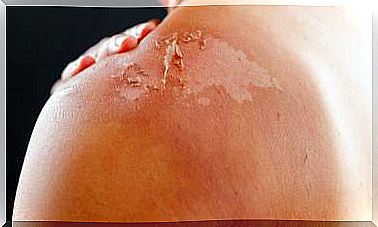What Is The Healthiest And Most Fattening Bread?
Since bread is part of our daily diet, it is advisable to choose the healthiest and most nutritious options.
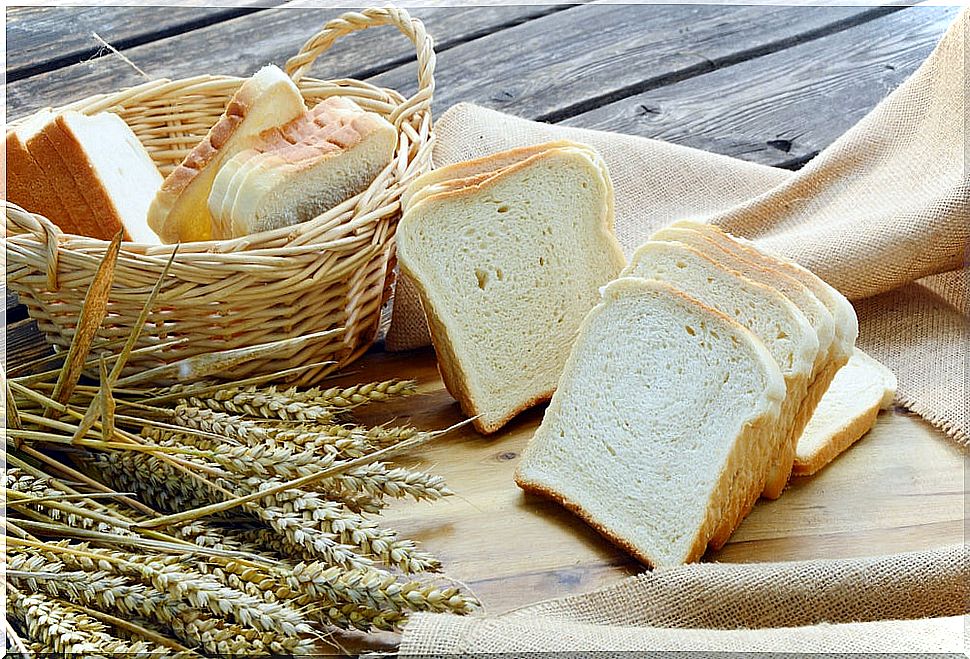
Bread, by tradition, is one of the most consumed foods in the world. Its simplicity and flexibility when using it, makes it a perfect companion for meals. And it is an easy solution when it comes to eating. It can be eaten in any of the three meals of the day. And there are so many varieties that there is always the question about which is the healthiest bread.
When a person decides on their own, or by appointment of a nutritionist, to stop eating the typical white bread, they look for other options. It is normal for doubts to arise about which is the best bread option on the market. Especially one that does not affect our weight too much.
Nutrients and composition of bread
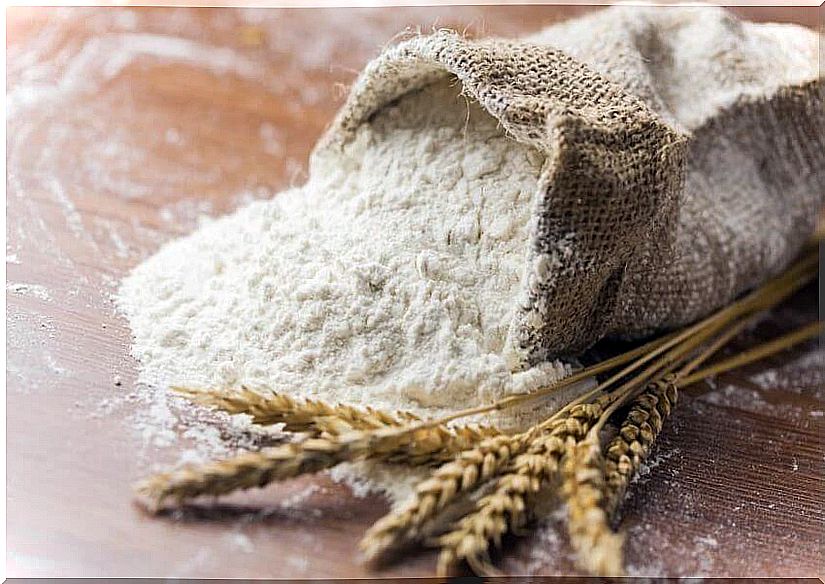
You have to know that nutritionists effectively advise the moderate consumption of bread, as long as it is a type of bread with certain nutritional characteristics. This is because bread is a food composed of carbohydrates, vitamins and minerals that should be part of a balanced diet.
Although until relatively few years ago, the composition of bread was made of wheat flour, water, yeast and salt, in recent years a great variety of breads have appeared on the market with a variety of flours in their composition that provide many more nutrients for our health.
Questions about bread
Although bread, whatever it is, provides fiber, a vegetable component that helps us regulate intestinal transit (as stated in this study carried out by Hospital La Fuenfría in Madrid), the truth is that not all breads have the same quantities. As an example, we can point out that white bread, made from refined wheat flour, has less than half the fiber of whole wheat bread.
On the other hand, although it is true that we need to eat around 50% carbohydrates a day, and that bread offers a good part of these hydrates, it is also true that we also consume these carbohydrates through other foods on a daily basis.
Therefore, if what we want is not to exceed the intake of carbohydrates and calories, one way to control it is to consume a bread that is not made with the typical refined wheat flour, since they normally provide approximately 10% less carbohydrates.
Now, does bread really make you fat? If we analyze the situation, we understand that bread also has ingredients that are not entirely good if we want to lose weight. For example, bread usually contains gluten, starch, and flours. And it all depends on the organism of each individual.
What is the healthiest bread?
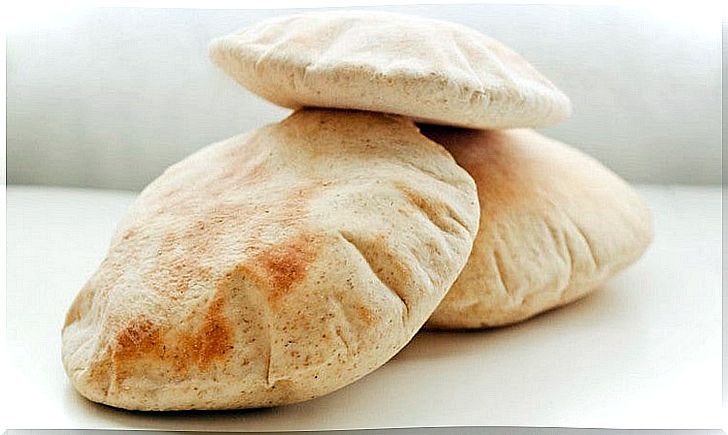
It is known that there is a great diversity of breads on the market. Among the most famous are white, wholemeal, mold and bakery breads. But when it comes to the healthiest choice, there are other options.
Oat bread
Oat bread is very healthy and light. It is high in fiber, iron, calcium, and protein. It has a low gluten content and helps us keep cholesterol in balance, according to this study carried out by the Complutense University of Madrid. Because it is a complex carbohydrate, it gives us energy slowly for longer, keeping us satiated.
Multi grain bread
They are perfect to eat on a diet, thanks to their high amount of fiber, which offer optimized muscle performance. In addition, as it is made with a mixture of whole wheat flour and seeds, it provides us with many vitamins and minerals. Not to mention, that it requires an effort when chewed that generates more satiety and helps us control our intake.
Rye bread
It is certainly one of the healthiest. Rye wheat is much more compact, and allows it to be low in fat. It is high in minerals and healthy fatty acids, such as linoleic acid. Like oatmeal and multigrain bread, rye bread provides a variety of B vitamins, fiber, and slow-absorbing complex carbohydrates.
Spelt Bread
The main contribution of spelled flour, in addition to being a complex carbohydrate and offering a good amount of fiber for good digestion, is that it also contains the other two macronutrients (proteins and fats), as well as multiple vitamins and minerals, including vitamin E, group B, sodium, potassium, calcium, phosphorus, magnesium, zinc or iron.


